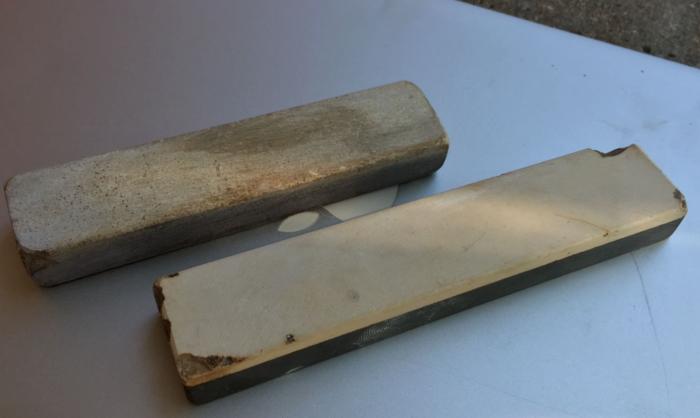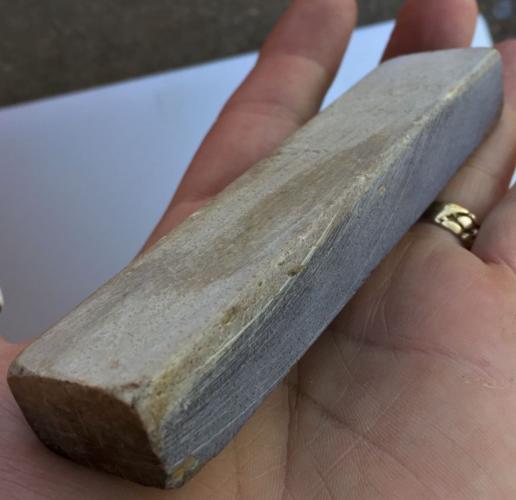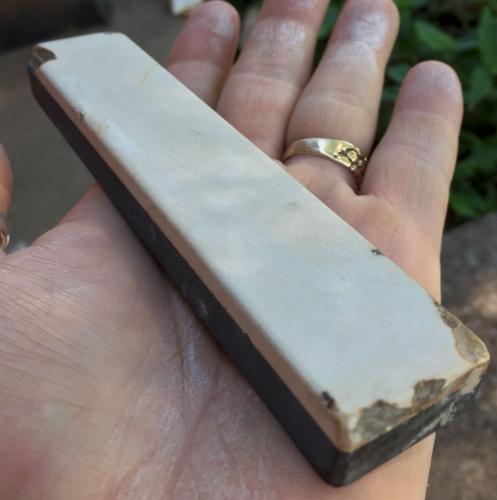Results 1 to 7 of 7
Thread: new to coticules
Threaded View
-
06-29-2017, 04:07 AM #1Senior Member

- Join Date
- Jun 2017
- Location
- TN
- Posts
- 144
Thanked: 3 new to coticules
new to coticules



I am getting these two and as a begginer not sure where to start. Any tips?


 4Likes
4Likes
 LinkBack URL
LinkBack URL About LinkBacks
About LinkBacks








 Reply With Quote
Reply With Quote